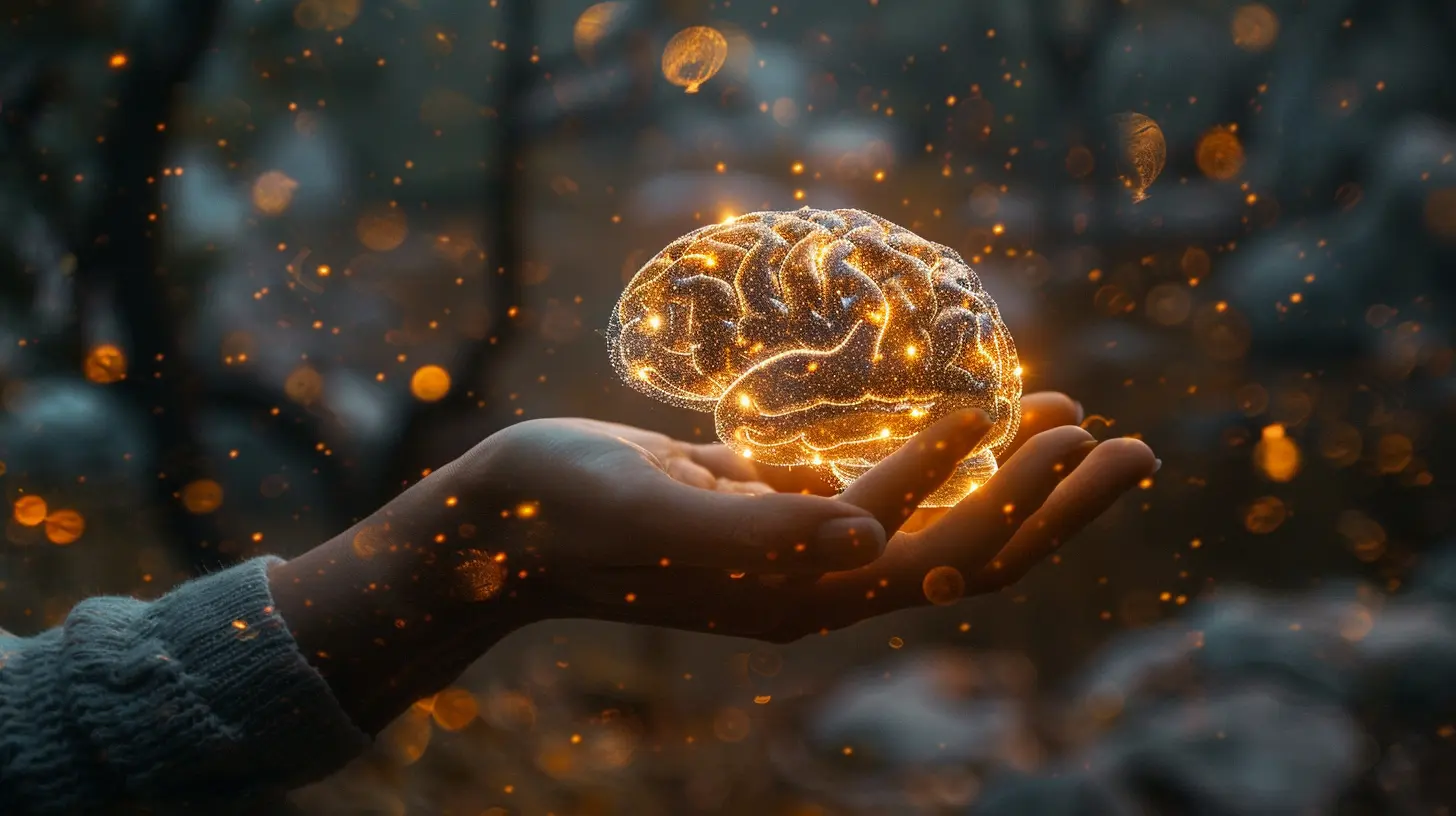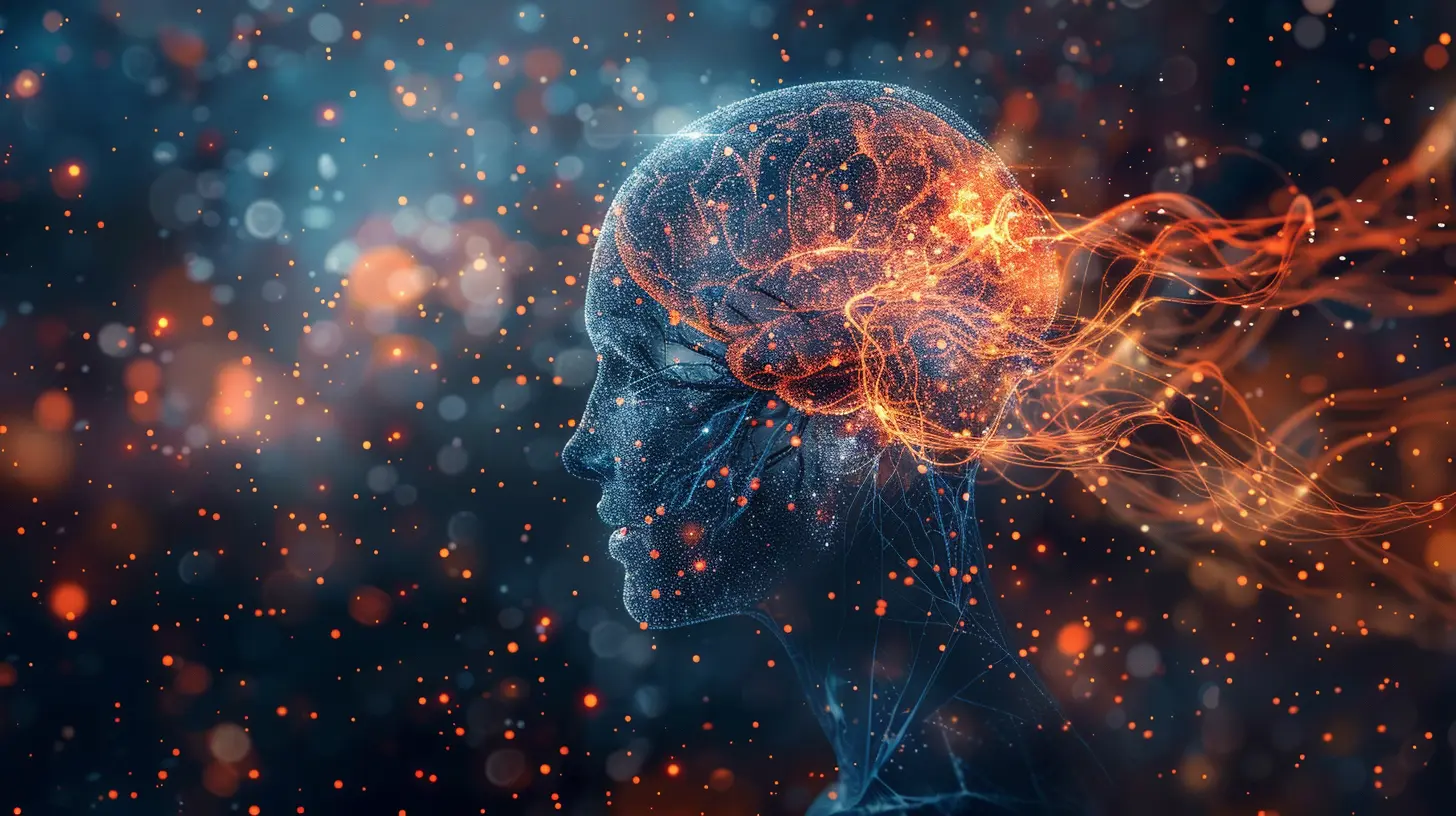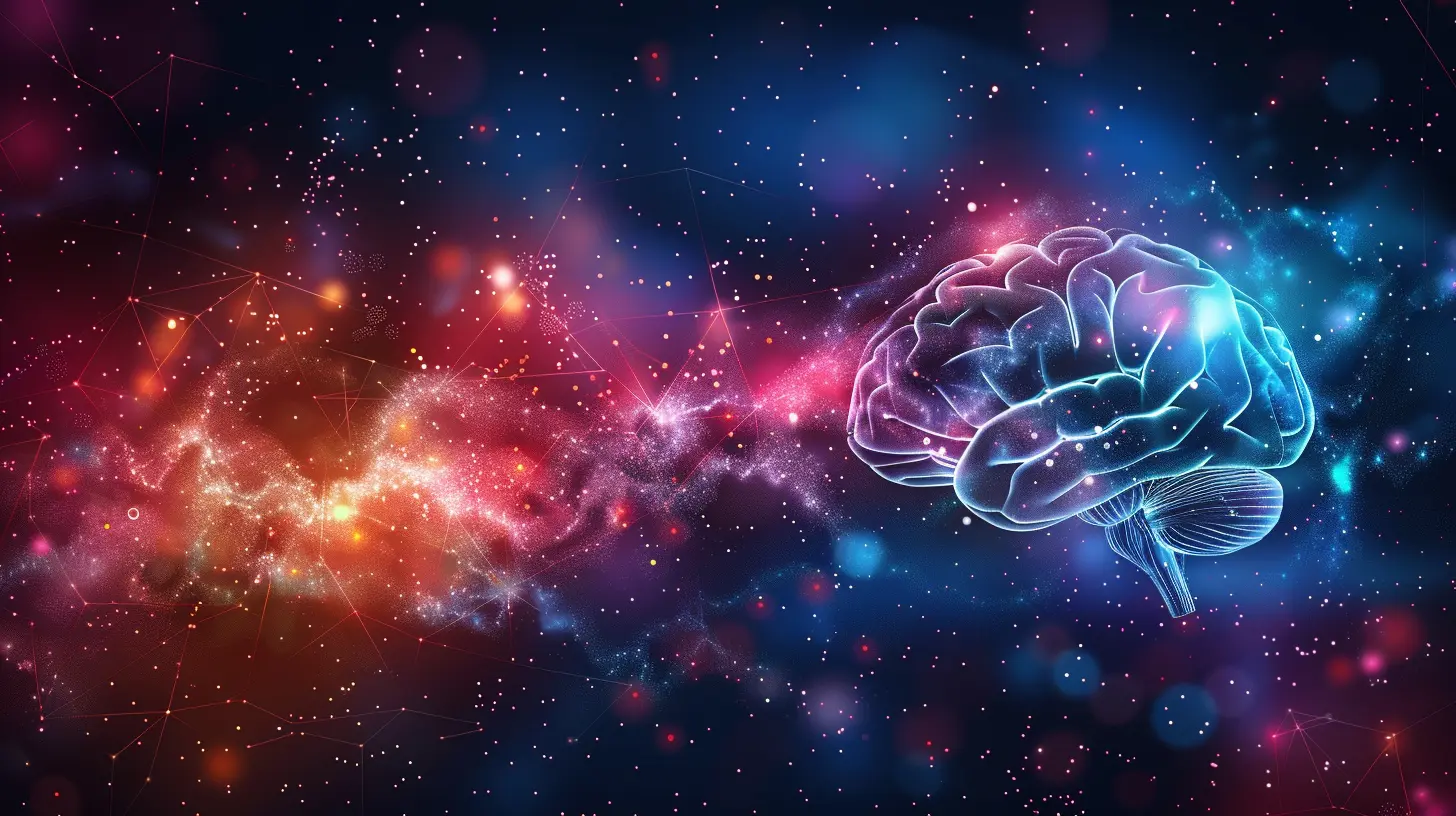13 April 2025
Motivation—it’s that invisible force that drives us to chase our dreams, hit the gym, finish that project, or even get out of bed in the morning. But have you ever wondered why some days you feel unstoppable while on others, you can barely muster the energy to do the simplest tasks?
Well, science has an answer. It all comes down to the brain. Motivation isn’t just a feeling; it’s a complex neurological process controlled by various brain structures and chemicals. Let’s break it all down and uncover how motivation works on a biological level. 
The Science of Motivation: What’s Happening in Your Brain?
At its core, motivation is about survival. In prehistoric times, our ancestors needed motivation to find food, seek shelter, and stay safe from predators. Fast forward to today, and while the threats have changed, the mechanisms in our brains haven’t. Our brains are wired to seek pleasure, avoid pain, and pursue rewards.Several key players in the brain contribute to motivation. The main ones include:
- Dopamine – The “Motivation Molecule”
- The Basal Ganglia – Your Brain’s Action Center
- The Prefrontal Cortex – The Decision-Maker
- The Limbic System – The Emotional Drive
Let’s dive deeper into each of these. 
Dopamine: The “Motivation Molecule”
When people talk about motivation, dopamine is often the star of the show. It’s a neurotransmitter responsible for pleasure, reward, and goal-oriented behavior.Think of dopamine as your brain’s internal hype man. The moment you set a goal or anticipate a reward—whether it’s a slice of pizza, a promotion, or finishing a workout—dopamine fires up. It creates that excitement, that urge to take action.
A common misconception is that dopamine is only released when we achieve something. But in reality, it’s released before we reach our goal. It fuels our drive and keeps us going. That’s why people who struggle with motivation—such as those with depression or ADHD—often have lower dopamine levels.
The Dopamine-Reward Loop
Here’s how it works:1. Anticipation – You think about the reward (e.g., a paycheck, a trophy, or a delicious meal).
2. Dopamine Release – Your brain floods with dopamine, making you excited to work towards your goal.
3. Action – You take steps to achieve it.
4. Reward – You get the reward, reinforcing the behavior.
However, here’s the catch: The brain craves novelty. If a goal becomes too easy or too routine, dopamine levels drop, and motivation fades. That’s why we sometimes lose interest in things that once excited us. 
The Basal Ganglia: The Brain’s Action Center
Ever wonder why habits are so powerful? That’s thanks to the basal ganglia, the part of the brain responsible for routine behaviors and motor actions.Motivation isn’t just about desiring something; it’s about acting on it. The basal ganglia help translate wanting into doing. When dopamine signals that a reward is coming, the basal ganglia take over and guide your body to take action.
This part of the brain plays a massive role in forming habits. That’s why creating a routine—such as a morning workout or a daily study session—makes it easier to stay motivated over time. 
The Prefrontal Cortex: The Decision-Maker
Your prefrontal cortex (PFC) is like the CEO of your brain. It’s responsible for decision-making, planning, and self-control. Without it, motivation would be all over the place—kind of like having a car with no steering wheel.The PFC helps you:
- Set goals
- Prioritize tasks
- Resist distractions
- Stay focused even when motivation is low
But here’s the problem: The PFC gets easily overwhelmed. Stress, fatigue, and mental overload can weaken its ability to function, making it harder to stay motivated. That’s why a lack of sleep or chronic stress can kill your drive.
The best way to support your prefrontal cortex? Get enough sleep, manage stress, and break goals into small, manageable steps.
The Limbic System: The Emotional Fuel
Motivation isn’t just logical—it’s emotional. The limbic system, which includes the amygdala and hippocampus, is the emotional center of the brain. It assigns meaning to our goals and experiences.For example, if you associate working out with confidence and energy, your limbic system reinforces that behavior. But if you associate studying with stress and failure, motivation to do it will plummet.
This is why mindset matters. If you can rewire your brain to connect positive emotions with certain tasks, motivation will naturally increase.
Why Do We Lose Motivation?
Now that we understand what fuels motivation, let’s talk about why it sometimes disappears. Here are a few common reasons:1. Dopamine Deficiency
Low dopamine levels can make even exciting goals feel like a chore. This is common in people experiencing burnout, depression, or boredom.2. Overwhelming Goals
Ever set a goal so big that just thinking about it makes you want to quit? When tasks feel too daunting, the prefrontal cortex struggles to process them, leading to procrastination.3. Lack of Immediate Reward
Our brains love instant gratification. If a goal takes too long to achieve, motivation can wane. That’s why breaking goals into smaller milestones can keep the dopamine flowing.4. Negative Emotional Associations
If you associate a task with failure, embarrassment, or frustration, your limbic system will resist it. Reframing your mindset can help overcome this.How to Hack Your Brain for Motivation
The good news? You can train your brain to stay motivated. Here are some neuroscience-backed strategies:1. Use the “Goldilocks Rule”
Your brain thrives on challenges that are just right—not too easy, not too hard. Find a sweet spot where tasks are challenging but still achievable.2. Break Goals into Small Wins
Each time you hit a small milestone, your brain releases dopamine, keeping the motivation cycle going. Instead of saying, "I need to lose 20 pounds," start with, "I’ll go for a 20-minute walk today."3. Create a Reward System
Give yourself a dopamine boost by rewarding progress. It could be a treat, a fun break, or checking something off your to-do list.4. Leverage Habit Stacking
Tie new habits to existing ones. If you already drink coffee every morning, add a new habit like journaling or stretching right after.5. Manage Stress and Sleep
A tired brain is an unmotivated brain. Prioritize rest, mindfulness, and self-care to keep your prefrontal cortex functioning at its best.Final Thoughts
Motivation isn’t a mystery—it’s science. Your brain is wired to seek rewards, take action, and push you toward your goals. By understanding the neuroscience behind motivation, you can hack your brain to stay driven, even when you don’t feel like it.Remember, motivation isn’t something you wait for. It’s something you create. So, take that first step, get the dopamine flowing, and keep moving forward—one small victory at a time.




Peter Carey
This article brilliantly unravels how neuroscience influences motivation, offering valuable insights for enhancing personal drive and productivity.
April 13, 2025 at 3:13 PM